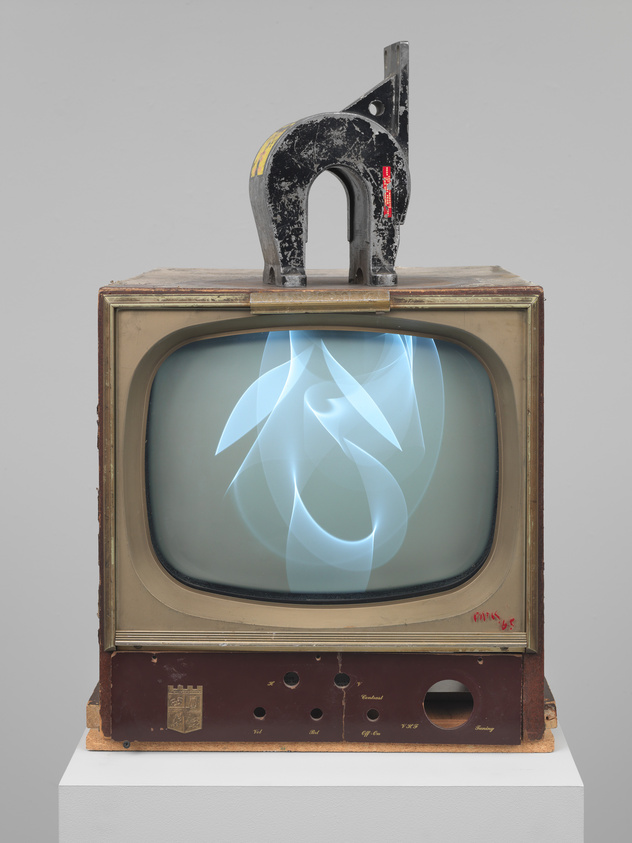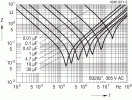I believe I've mentioned this before elsewhere on ASR: When I was a lad, we lived a just few miles as the wave flies

from the transmitter and towers a moderate-powered AM radio station* in Baltimore (WFBR). One of my father's loudspeakers (a 'fullrange' Electrovoice Wolverine LS-12 twincone 12 inch driver in a large BR enclosure) would, when the hifi was not switched on, play WFBR quietly but unmistakably. My father's theory was that the speaker wire (18 gauge lamp cord) was acting as a long-wire antenna, and something about the loudspeaker motor (e.g., a 'flaw' in the voicecoil) was acting as a detector. The very sensitive EV driver was responding to the detected signal as best it could.

a pair of LS-12 drivers, unbaffled.

Sensitivity of the LS-12, if memory serves, is ca. 96 dB/watt @ 1 meter (calculated from the driver's published EIA sensitivity specification)
_______________
* not a "peanut whistle", but also not 50 kW (as, e.g., was, and still is, WBAL-AM @ 1090 kHz). I
think WFBR may have been 5 kW (@ 1300 kHz in those days).



